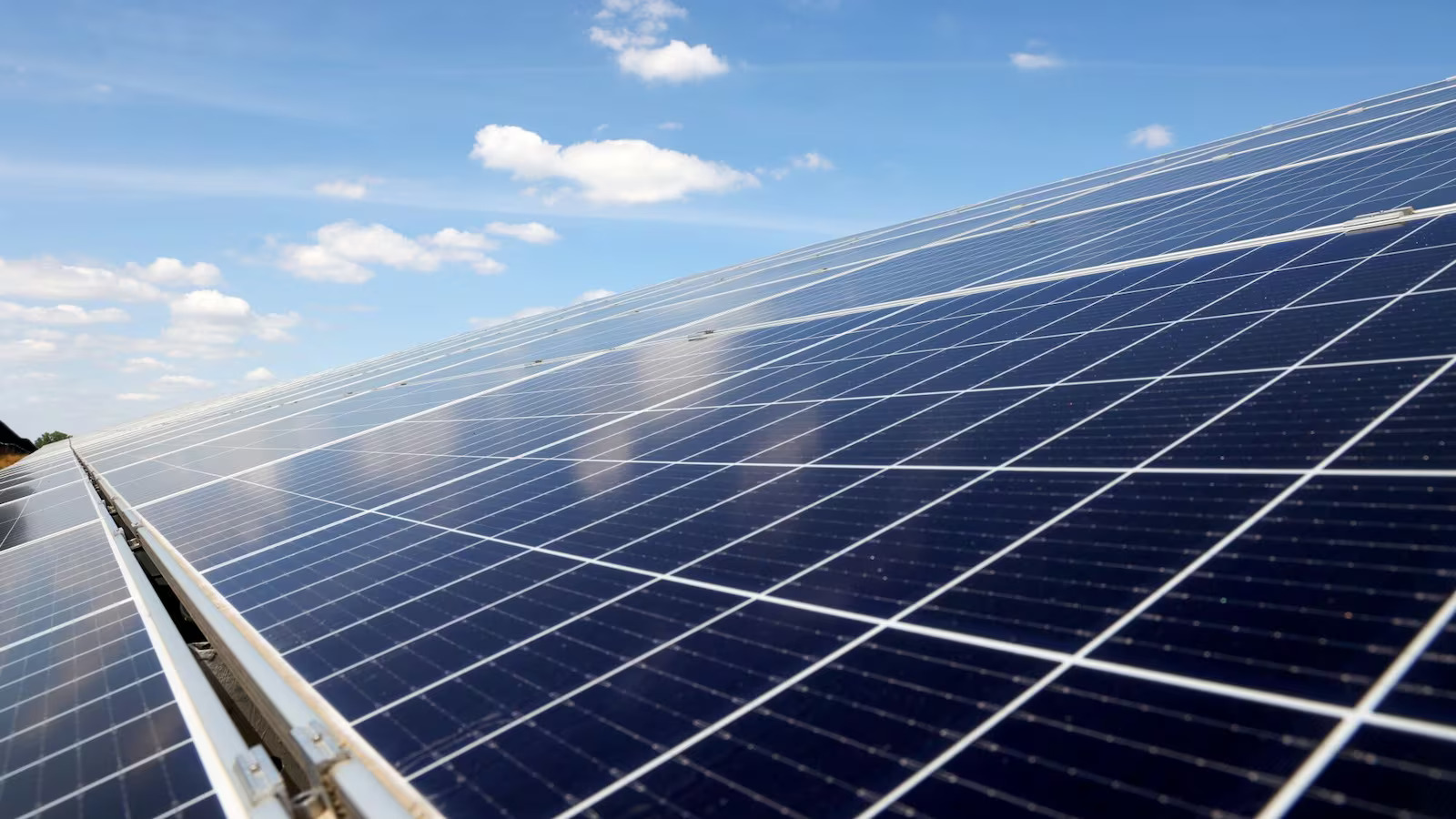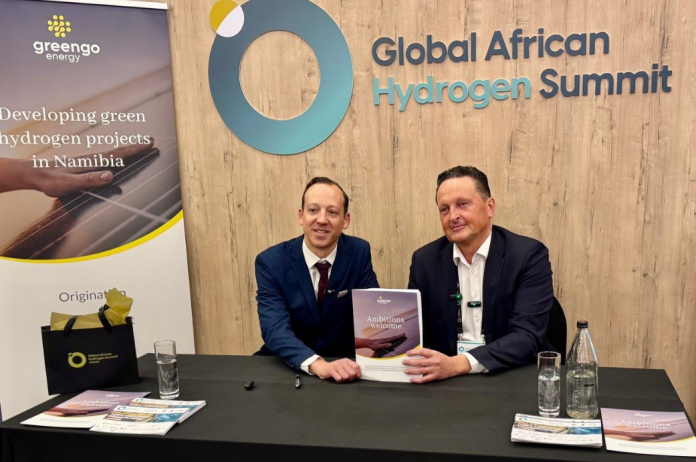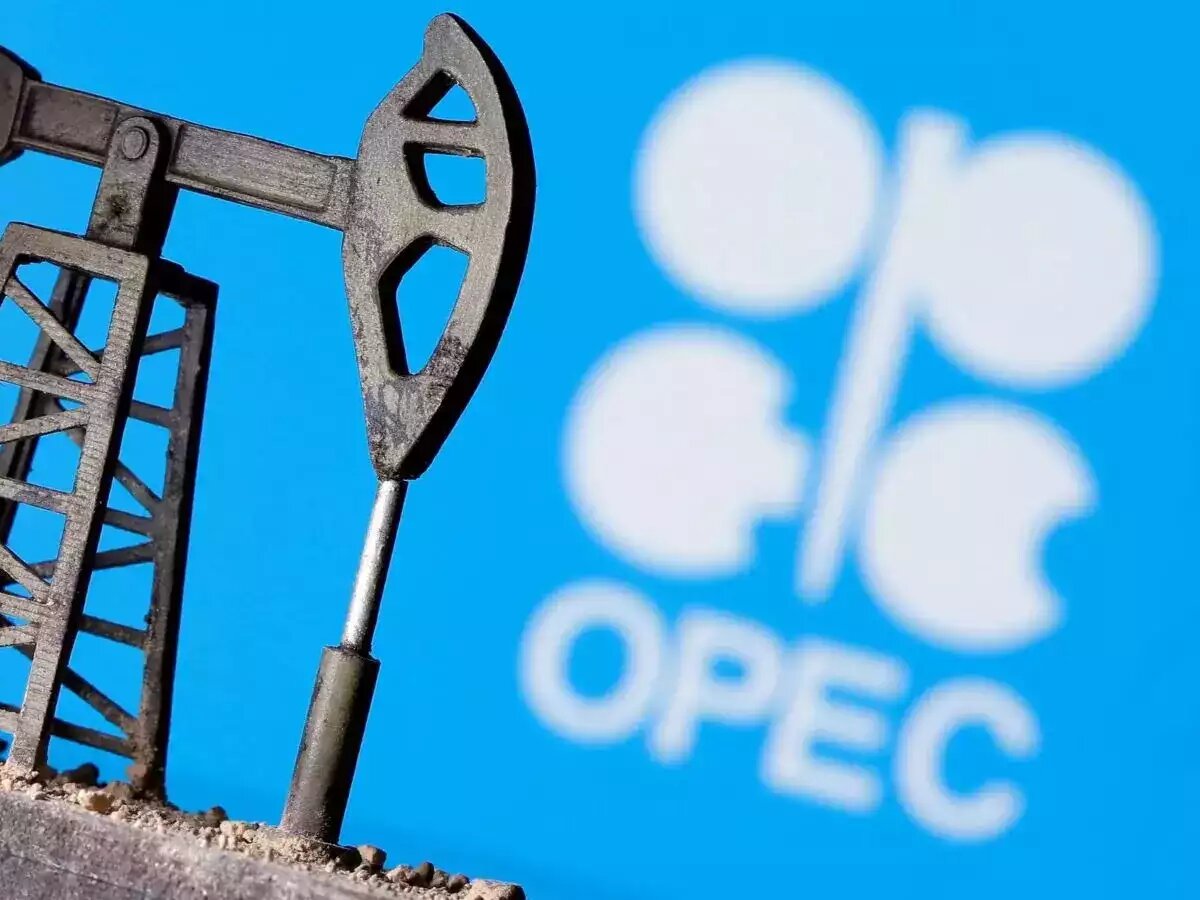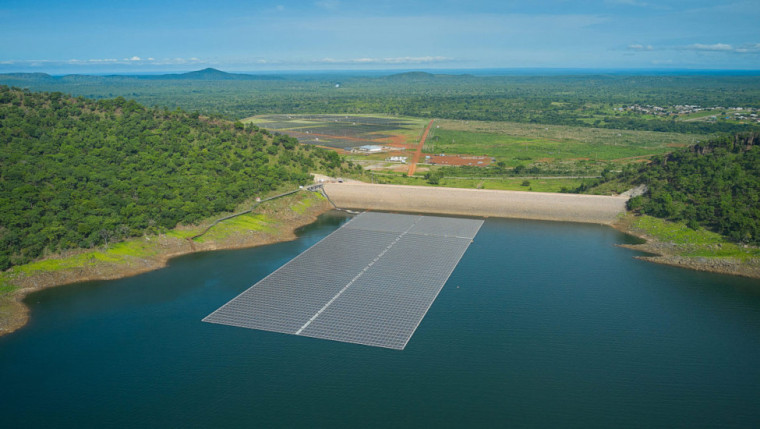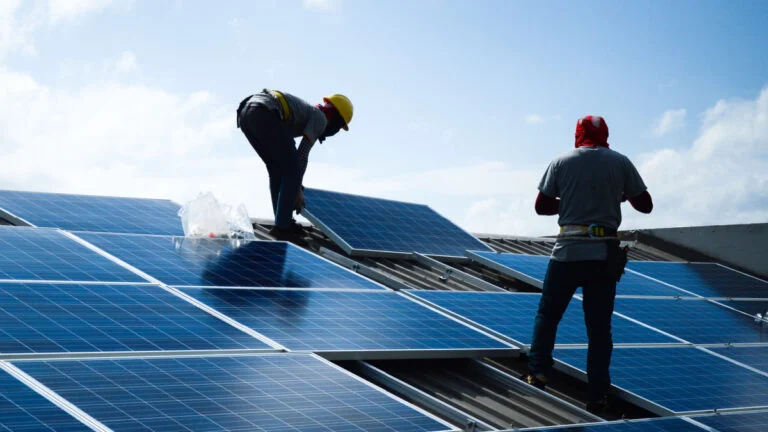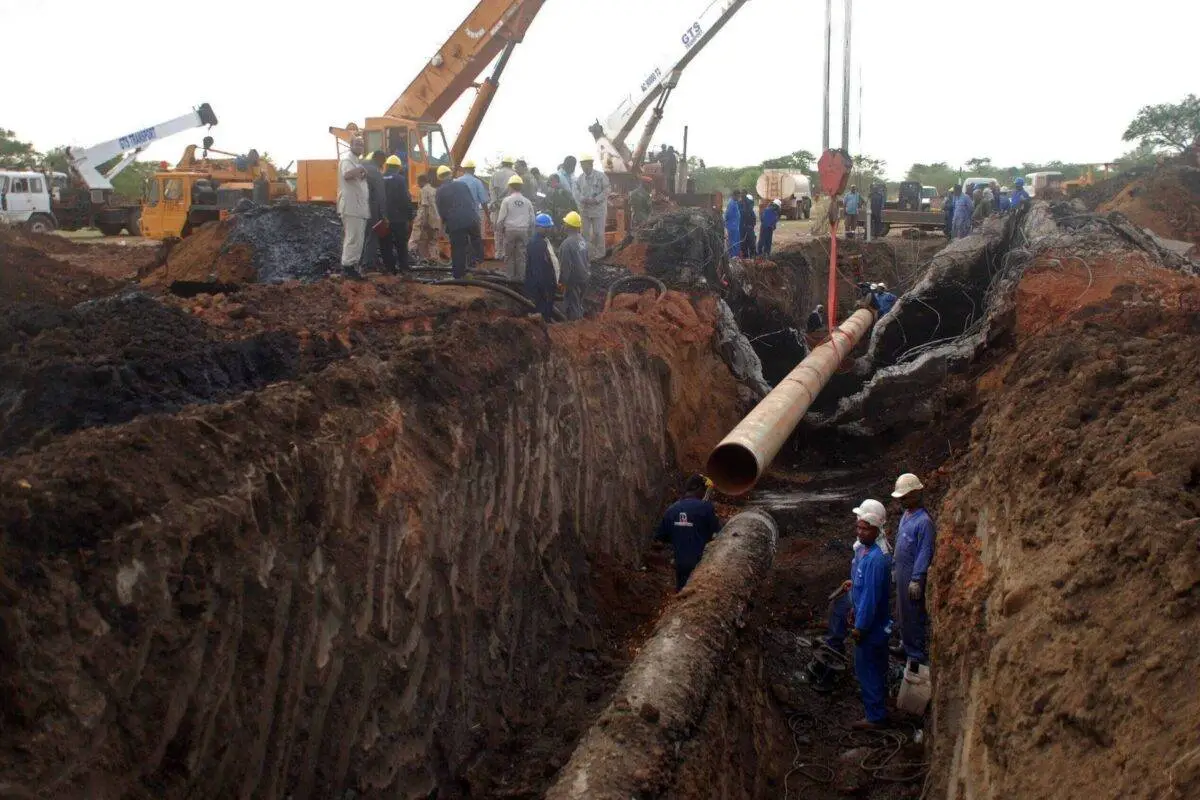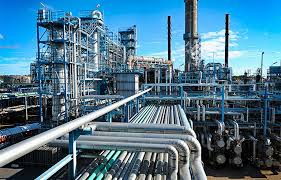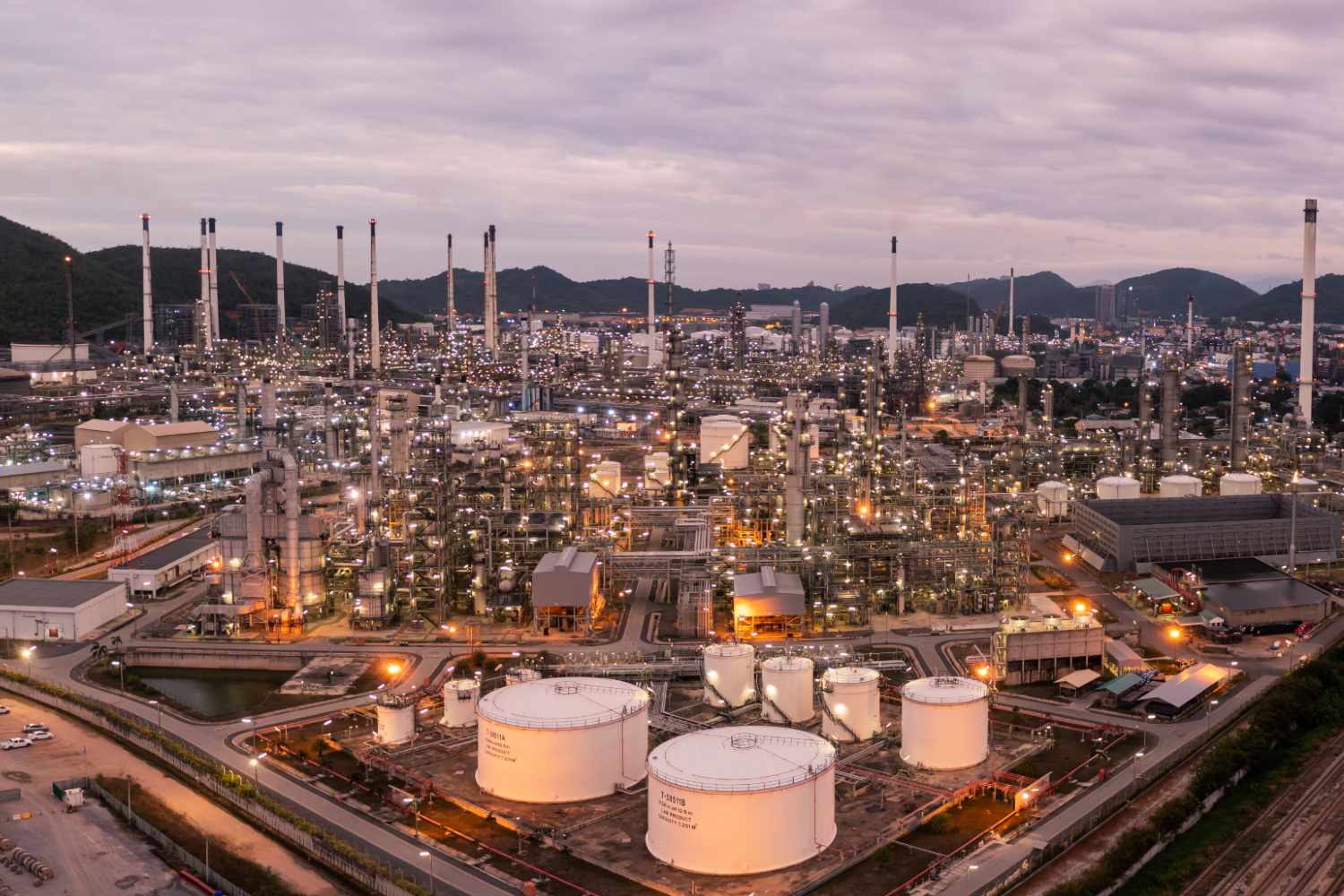Generation

Service Providers Boost Foreign Investments as Namibia Races for First Oil

The company’s operational bases cover a combined area of 22,000 m² across four primary hubs, situated in Windhoek, Walvis Bay, Swakopmund and Lüderitz. The facilities will feature a mud laboratory, equipment staging area, drilling fluids and cementing services, warehousing and perforating services (Walvis Bay); testing and subsea services, well completions, wirelines and logging and coring and drill bits (Swakopmund); and cementing services, a cementing laboratory and wirelines and logging services (Lüderitz). The Windhoek base will offer consulting and support services.
In addition to oilfield services, the facilities will employ 41 permanent employees, 50% of which are women, with more than 200 additional jobs expected to be created once contracts come in. According to Namibia’s Minister of Energy and Mines Tom Alweendo, the operational bases are “not just a reflection of our commitment to drive Namibian operational excellence and efficiency, but also a testament of our shared vision of fostering in-country value creation and sustainable growth.”
Halliburton is not the only service and logistics company expanding their footprint in Namibia. Mediterranean Shipping Company (MSC) announced this week plans to invest as much as $43 million in the country by 2030. Amid accelerated offshore exploration and development, the company is strengthening its logistics services in Namibia. Ongoing activities include the construction of a logistics base in Walvis Bay, with further investments plans for Luderitz. The company aims to support both hydrocarbon projects as well as planned renewable energy and green hydrogen endeavors.
Meanwhile, Africa Global Logistics also plans to position itself at the forefront of Namibia’s energy growth. The company signed an agreement in March 2024 to manage the Walvis Bay Multipurpose Bulk Terminal and plans to strengthen its operations in Namibia even further. Situated on the southwest coast of the continent, Walvis Bay serves as a gateway for international trade, with enhanced port and logistics operations supporting Namibian energy exports.
These recent investments reflect the growing intention by global service providers to position themselves at the helm of Namibia’s oil and gas development. The country has risen to become one of the world’s most exciting frontier plays, with offshore discoveries in the offshore Orange Basin and promising opportunities in the onshore Kavango Basin enticing players to invest in the market. In addition to Venus-1X and Graff-1X, the Mopane well – operated by Galp Energias – could contain as much as 10 billion barrels of reserves. Galp launched its second appraisal and exploration campaign in October 2023, spudding the Mopane-1A well. The well represents the first of four planned to evaluate the Mopane discovery.
Beyond Mopane, the country has seen companies to the likes of Chevron, Azule Energy and Petrobras seek new opportunities offshore. Chevron acquired a majority stake in PEL 82 – situated in the Walvis Basin – earlier this year; Azule Energy entered Namibia’s Orange Basin in May 2024 with its PEL 85 farm-in; while Petrobras is exploring entry into the country through a stake in the Mopane block. In the onshore Kavango basin, ReconAfrica renewed the exploration period on PEL 73 until January 2026. The company is acquiring additional subsurface data for the license, aiming to conduct a drilling program to test the Damara Fold Belt and oil-prone rift plays in the basin. In July this year, the company spud the Naingopo exploration well on PEL 73, targeting various reservoir intervals of oil and gas. With PEL 73 situated in close proximity to Angola – sub-Saharan Africa’s second biggest oil producer and a proven onshore market – Namibia is well positioned to unlock billion barrels finds onshore.




